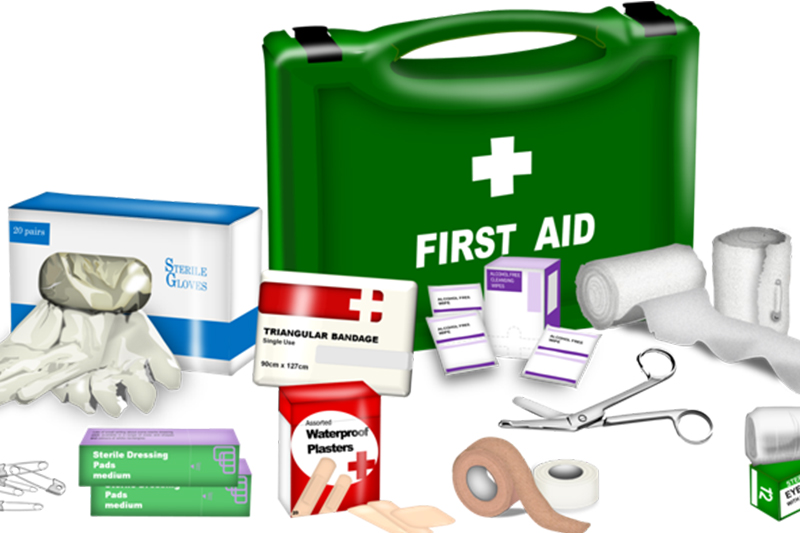
Sometimes, the first aid measures taken on the scene before a patient arrives at the hospital can make all the difference. Much of the time, hand-me-down safety tips are harmless. But in some situations, first aid mistakes and old-think can dangerously delay treatment, slow healing or cause complications, says Pattavina, a spokesperson for the American College of Emergency Physicians. Here are the 10 most common first aid mistakes — and what you should do instead.
1. Knocked-out tooth
–
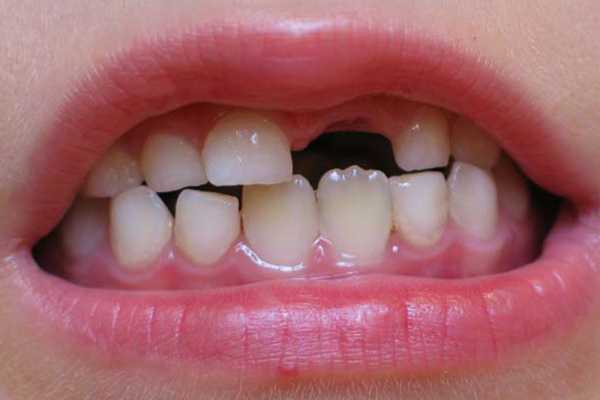
–
Mistake: Don’t scrub a knocked-out tooth as the friction will remove delicate tissue from the tooth that’s needed to help it reattach.
Better way: If the tooth is dirty, gently rinse with water. Head to a dentist, or even better, an endodontist. Keep the tooth moist by placing it in a clean container of milk.
2. Ingestion of poison
–
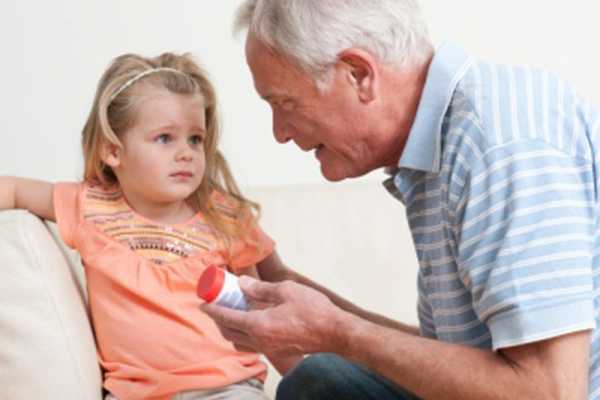
–
Mistake: Giving ipecac syrup to cause vomiting. A caustic or toxic substance may cause more damage on the way up. Do not give anything to eat or drink until instructed to do so by a medical personnel.
Better way: If the person has no symptoms, call the poison control centre and tell them what was swallowed. You’ll be advised what to do. If the person is drowsy or agitbated, has a seizure or is struggling to breathe, call 911. Give the packaging or container if you have it to the emergency responders.
3. Sprain, strain or fracture
–
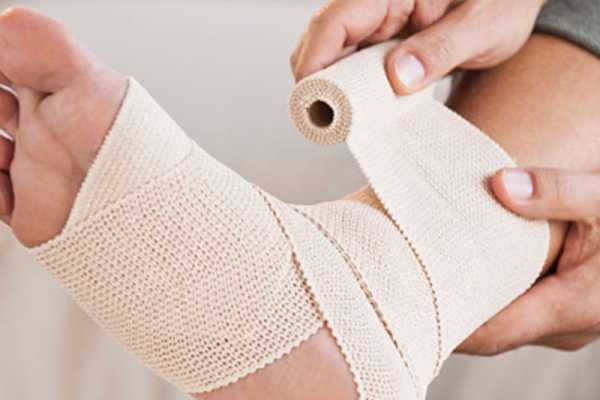
–
Mistake: Applying heat to sprain or strain can increase the swelling and hence the pain. It will not allow the sprain to heal quickly.
Better way: It is always better to apply ice pack. Go to the ER if it is very painful to bear; you might have a fracture.
4. Burns
–
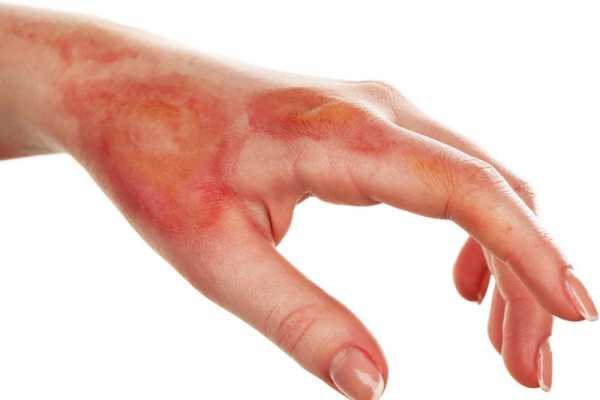
–
Mistake: A layer of grease on a burn increases the risk of infection, according to the Red Cross.
Better way: Don’t put anything on a burn except cool (not ice-cold) water. Cover it with a sterile dressing. Get immediate medical treatment for a severe burn — one that damages deep layers of skin, covers a large area or blisters. Wash and apply antibiotic ointment to mild burns.
5. Bleeding
–
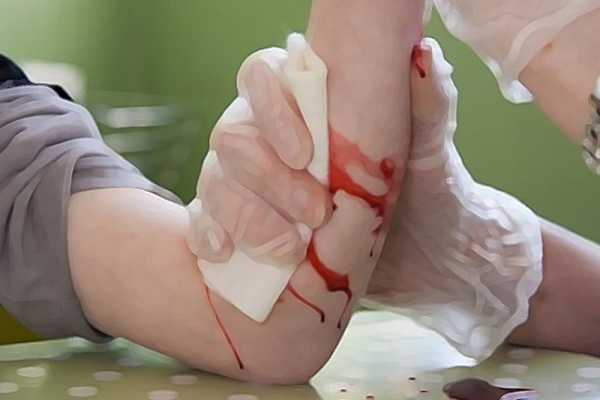
–
Mistake: Depending on where you tie it, a tourniquet can stop blood flow to an entire foot, leg, hand or arm, causing permanent damage. The Red Cross advises using a tourniquet only as a last resort.
Better way: Apply pressure to the wound with a padding of sterile or clean cloth. If the wound is deep or has dirt or grit in it, get to a doctor or urgent care centre. Call 911 if bleeding seems dangerously heavy.
6. Foreign substance in the eye
–
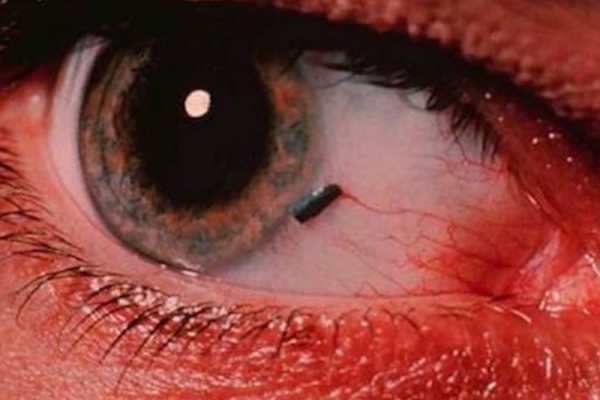
–
Mistake: Rubbing you eye to get out any foreign object could scratch your cornea and cause abrasion.
Better way: Wash your hands and look in a mirror. If you can see the object, you may be able to remove it by touching it with a cotton swab or the corner of a clean cloth. If that doesn’t work or you can’t see it, blink a few times. Your tears may wash it away. If they don’t, you may be able to flush out the object with lukewarm water or eye drops. Have a doctor look at your eye if it’s red, painful or sensitive to light, or if you can’t get the object out.
7. Reducing fever
–

–
Mistake: Do not try to cool a fever with an alcohol rubdown. As alcohol evaporates, skin feels cooler, but internal body temperature doesn’t necessarily drop. An alcohol rub may be harmful, especially for children, because alcohol is absorbed by skin and is toxic to the nervous system, according to the University of Rochester Medical Center.
Better way: If you have a fever of 102 F or higher, rest, drink plenty of fluids and take a fever-reducing medication such as acetaminophen or ibuprofen. See your doctor if your fever lasts more than three days. Call the paediatrician if your child has a fever over 104 F or runs a temperature for more than three days.
8. Nosebleed
–
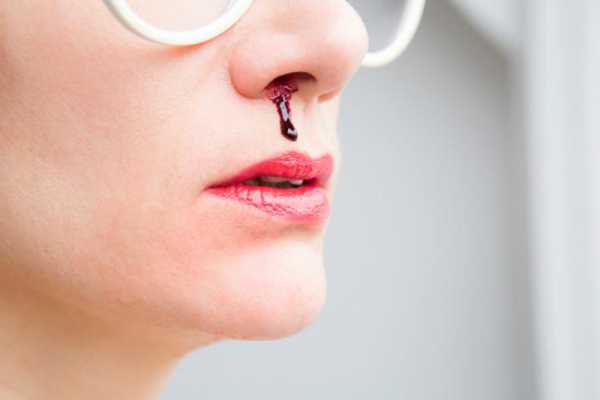
–
Mistake: Tilting your head back to stop a nosebleed won’t stop the bleeding and blood may drain down your throat and cause you to vomit.
Better way: Tilt your head forward. Pinch the bridge of your nose with your thumb and forefinger. Slide the “pinch” down to where bone meets cartilage. Hold firmly for five minutes. Repeat if the bleeding doesn’t stop. If bleeding continues after two tries see a doctor.
9. Seizures
–

–
Mistake: Putting something in a person’s mouth is unnecessary.
Better way: Turn the person having a seizure on her side and tilt her head so her mouth points downward to keep the airway free of saliva. If she’s not lying down, help her sit down and protect her head should she fall over. Do not try to restrain her.
10. Scrape and cuts
–
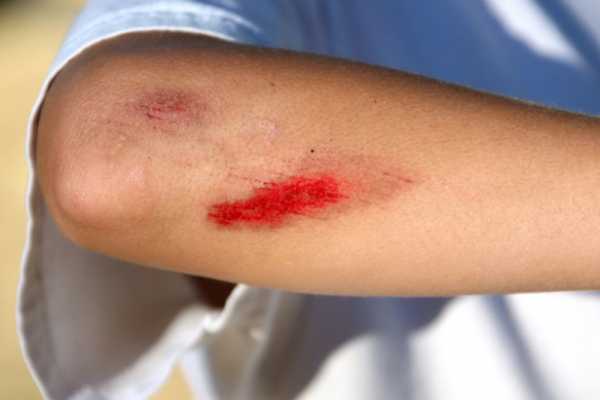
–
Mistake: Do not put ointment on wounds as it will keep the wound moist. A moist wound is vulnerable to infection.
Better way: Clean the wound with soap and cool water — no antiseptics or disinfectants — and cover it with a clean, dry bandage.